

This very popular saint was born at Lisbon in Portugal in a wealthy family. He was baptized and named "Ferdinand." His parents wanted him to be a great nobleman but when Anthony grew up he wanted to become a priest. He received an excellent education from the Augustinian friars and joined the order. When he was twenty-five, his life took an exciting turn. He heard about how some Franciscans - St. Berard and his companions had been martyred by the Moors in Morocco for their faith in Jesus.
From then on, Ferdinand felt a strong desire to die for Christ and he joined the Franciscans. This order was very new. St. Francis himself was still alive. Ferdinand took the name "Anthony." He went off to Africa to preach to the Moors but he soon became so sick that he had to return to Italy. The other Franciscan friars had no idea how brilliant and talented Anthony was or of how much education he had received. He never spoke about himself. So the Franciscan superiors assigned him to a quiet friary in Italy. There he washed pots and pans without complaint.
One day, at a large gathering of priests, when the speaker failed to arrive, Anthony was forced to preach. He preached such a marvelous sermon that everyone who heard him was most impressed. From then on, until he died nine years later, St. Anthony preached all over Italy and France. He was so popular that people even closed their stores to go to hear him. St. Anthony died at Arcella, near Padua, Italy, on June 13, 1231 when he was just thirty-six. After he died, people often prayed to St. Anthony in times of physical as well as spiritual needs and many miracles have taken place through the intercession of St. Anthony. That is why he is called the "wonder-worker." The statue of St. Anthony shows him with Baby Jesus because Baby Jesus appeared to him. Other pictures show St. Anthony holding a bible. This is because he knew, loved and preached the Word of God so well. In fact, St. Anthony was so well educated especially in Sacred Scripture that Pope Pius XII proclaimed him the "Evangelical Doctor," or Doctor of Sacred Scripture.
Welcome to Year 5 St Joseph's website.
Our class teacher is Mr Dixon and our teaching assistant is Mrs Isiguzo. This term we will be focusing on developing the children’s skills in all curriculum subjects, further details are below.
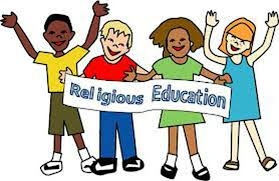
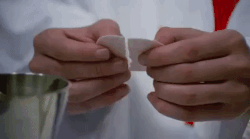
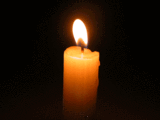
Easter to Pentecost
By the end of this unit, the children should be able to:
-
describe how belief in the resurrection of Jesus is expressed in Matthew’s Gospel
-
make links to show how belief in the presence of the Spirit in the world is expressed in the life of Pope Francis
-
give reasons for the actions of Pope Francis as a man who acts in response to his belief
-
show understanding of how religious belief shapes the life of Pope Francis
-
identify similarities and differences between peoples’ responses to social and moral issues because of their beliefs – St Thomas Aquinas and Pope Francis
-
explain how their feelings and beliefs affect their own and others behaviour
-
demonstrate how religious beliefs and teaching give some explanation of the purpose and meaning of human life
Spiritual Outcomes
It is hoped that pupils will develop:
-
a sense of wonder for creation
-
a willingness to learn from scripture
-
an appreciation of the truths contained in Scripture
-
a sense of the value of prayer
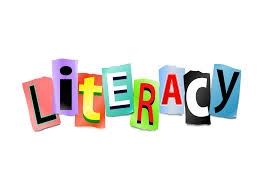
Reading
Collaborative reading groups to develop confidence and fluency of reading skills both during and outside of lesson time.
Big Writing
To develop beginnings to stories, plot developments and endings. Also, to develop writing in different styles e.g. non-chronological reports, diary entries, recounts, poetry, letters and descriptions.
Grammar & Punctuation
On-going revision and consolidation of capital letters, full stops, speech marks, commas, semi-colons, colons, question marks, exclamation marks etc.
Weekly spellings
To develop children’s store of vocabulary. A different spelling pattern is taught each week.
Handwriting
Exercises to practise and improve letter formation and presentation. We will focus on writing words that we have been studying for our spelling focus.
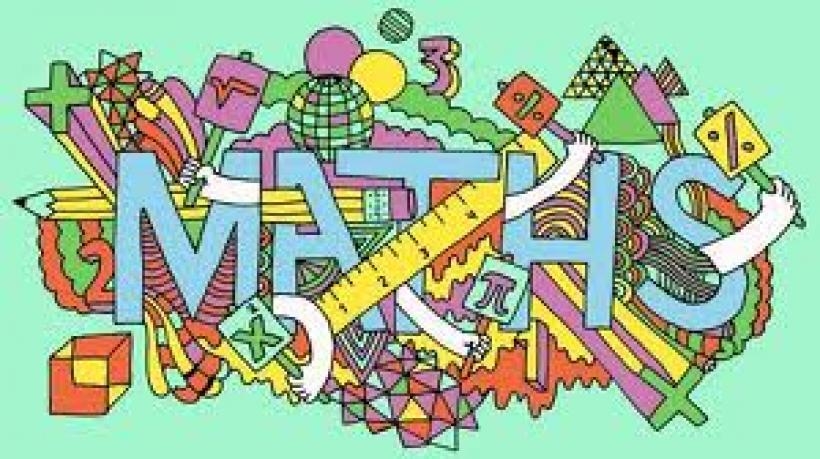
Year 5
Position and direction
-
Read and plot coordinates
-
Problem solving with coordinates
-
Translation
-
Translation with coordinates
-
Lines of symmetry
-
Reflection in horizontal and vertical lines
Decimals
-
Use known facts to add and subtract decimals within 1
-
Complements to 1
-
Add and subtract decimals across 1
-
Add and subtract decimals with the same number of decimal places
-
Add and subtract decimals with different numbers of decimal places
-
Use efficient strategies for adding and subtracting decimals
-
Decimal sequences
-
Multiply by 10, 100 and 1,000
-
Divide by 10, 100 and 1,000
-
Multiply and divide decimals – missing values
Second half term
Negative numbers
-
Understand negative numbers
-
Count through zero in 1s
-
Count through zero in multiples
-
Compare and order negative numbers
-
Find the difference between negative numbers
Converting units
Unit: Spreadsheets
National Curriculum Objectives:
By the end of this unit, the children should be able to:
-
enter data and formulas into a spreadsheet.
-
order and present data based on calculations.
-
add, edit and calculate data.
-
use a spreadsheet to solve problems.
-
plan and calculate a spending budget.
-
design a spreadsheet for a specific purpose
-
Convert between grams and kilograms and metres and kilometres
-
Convert between millimetres and metres and millilitres and litres
-
Convert units of metric length (millimetres, centimetres and metres)
-
Convert between metric and imperial units (inches, pounds and pints)
-
Solve word problems involving units of time (including timetables)
Volume
-
Find the volume of a variety of shapes, using both concrete and pictorial representations
-
Compare and estimate the volume of different shapes
-
Estimate the capacity of different objects
Tables Test
Weekly tests for x0, x1, x 2, x 3, x 4, x5, x 6, x7, x8, x9 x10, x11 and x12. Children need to know the inverse of these too (related division facts).
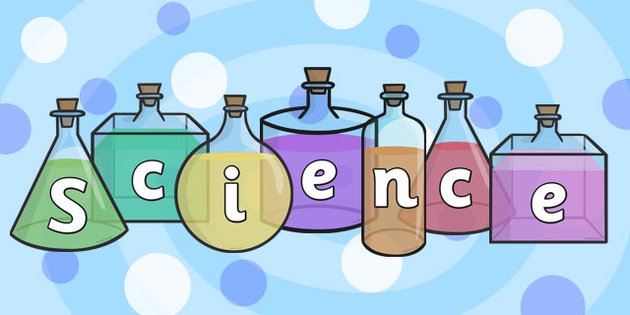
Year 5
First half term
Earth and Space
By the end of this unit, the children should be able to:
-
describe the movement of the Earth, and other planets, relative to the Sun in the solar system
-
describe the movement of the Moon relative to the Earth
-
describe the Sun, Earth and Moon as approximately spherical bodies
-
use the idea of the Earth’s rotation to explain day and night and the apparent movement of the sun across the sky
In this unit, the children will be introduced to a model of the Sun and Earth that enables them to explain day and night. They will learn that the Sun is a star at the centre of our solar system and that it has eight planets: Mercury, Venus, Earth, Mars, Jupiter, Saturn, Uranus and Neptune (Pluto was reclassified as a ‘dwarf planet’ in 2006). Also, they should understand that a moon is a celestial body that orbits a planet (Earth has one moon; Jupiter has four large moons and numerous smaller ones). Working scientifically, the children will have the opportunity to plan and carry out an investigation in the context of exploring how their shadows change over the course of the day as the sun’s position changes. They will use their prior knowledge to predict the time of day they think their shadow will be the longest and shortest in size. In addition, the children will record their findings in a table and write a detailed conclusion to explain their results.
Second half term
Forces
By the end of this unit, the children should be able to:
-
explain that unsupported objects fall towards the Earth because of the force of gravity acting between the Earth and the falling object
-
identify the effects of air resistance, water resistance and friction, that act between moving surfaces
-
recognise that some mechanisms, including levers, pulleys and gears, allow a smaller force to have a greater effect
In this unit, the children will explore falling objects and raise questions about the effects of air resistance. They will explore the effects of air resistance by observing how parachutes fall. They will experience forces that make things begin to move, get faster or slow down. The children will explore the effects of friction on movement and find out how it slows or stops moving objects, for example, by observing the effects of different surface types on a moving toy car. Also, they will explore the effects of levers, pulleys and simple machines on movement. The children will work scientifically by designing and making a variety of parachutes and carrying out fair tests to determine which designs are the most effective. Also, they will explore resistance in water by investigating the best shape for the bow (front) of a speedboat.
.png)
Unit: The Tudors
Threshold Concepts Covered:
-
Main Events
-
Conflict
-
Culture and Pastimes
-
Travel and Exploration
-
Beliefs
By the end of this unit, the children should be able to:
-
present information about three Tudor monarchs and compare and contrast their reigns
-
recognise the significance of Elizabeth I dying without an heir
-
understand and explain what is meant by the term `Civil war‘
-
explore the Pilgrimage of Grace
-
describe some of the challenges the Tudor monarchs faced with religion and how they began to overcome these problems
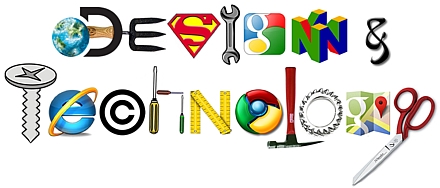
Unit: Digital world monitoring devices
In this unit, children learn what is meant by ‘monitoring device’ and discover the history and development of thermometers. The children find out how thermometers have evolved into the wide range of digital, electronic and intelligent devices we use today. They will apply Computing knowledge and understanding how to program a smart thermometer that will support animal care and alert their owners when the temperature is not optimal using sound and an LED display. Their product will need to fulfil a design brief and a list of design criteria. They will tailor the design criteria to meet the specific needs of a chosen animal.
The children will use building bricks to develop creative and unique housing and stand ideas for the animal monitor’s processor, the micro:bit. Children will develop their 3D CAD skills by navigating the Tinkercad interface and essential tools to combine multiple objects.
By the end of this unit, the children will be able to:
-
describe what is meant by monitoring devices and provide an example
-
explain briefly the development of thermometers from thermoscopes to digital thermometers
-
research a chosen animal’s key information to develop a list of design criteria for an animal monitoring device
-
write a program that monitors the ambient temperature and alerts someone when the temperature moves from a specified range
-
identify errors (bugs) in the code and ways to fix (debug) them
-
state one or two facts about the history and development of plastic, including how it is now affecting planet Earth
-
build a variety of brick models to invent Micro:bit case, housing and stand ideas, evaluating the success of their favourite model
-
explain key pros and cons of virtual modelling vs physical modelling
-
recall and describe the name and use of key tools used in Tinkercad (CAD) software

Unit: Spreadsheets
National Curriculum Objectives:
By the end of this unit, the children should be able to:
-
enter data and formulas into a spreadsheet.
-
order and present data based on calculations.
-
add, edit and calculate data.
-
use a spreadsheet to solve problems.
-
plan and calculate a spending budget.
-
design a spreadsheet for a specific purpose
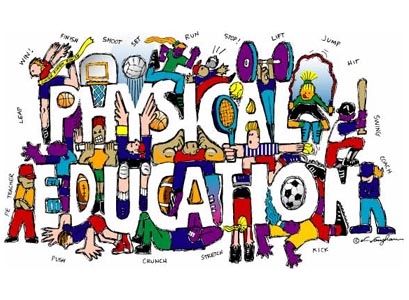
All lessons are planned and taught by External Sports Company Non-Stop Action.
Athletics and Rounders
By the end of this unit, the children should be able to:
-
use running, jumping and throwing in isolation and in combination
-
play competitive games, modified where appropriate
-
communicate, collaborate and compete with each other
-
develop flexibility, strength, technique, control and balance
-
develop an understanding of how to improve in different sports
-
learn how to evaluate and recognise success
-
compare performances with previous ones and demonstrate improvement
Dance
In this unit, the children learn different styles of dance and focus on dancing with other people.
By the end of this unit, the children should be able to:
-
create, perform and watch dances in a range of styles
-
work with partners and as part of a group
-
think about how to use movement to explore and communicate ideas and issues, and their own feelings and thoughts
-
develop an awareness of the historical and cultural origins of different ideas
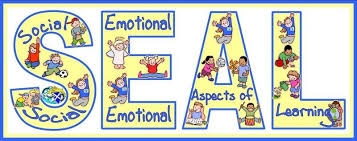
UKS2 Module Three: ‘Created to Live in Community’ explores the individual’s relationship with the wider world. The children explore how human beings are relational by nature and are called to love others in the wider community through service, through dialogue and through working for the Common Good.
Unit 1 – Religious Understanding deepens pupils understanding and appreciation of the three-part community of love, the Trinity, with the endpoint of discussing the Trinity as it might be communicated in a church setting. Children will learn that the Trinity demonstrates the perfect loving community, and we are called to emulate this self-giving and self-sacrificing love in our communities.
Building on learning from Lower Key Stage Two, Unit 2 – ‘Living in the Wider World’ teaches children some of the principles of Catholic Social Teaching from Together For The Common Good, which will help them to fulfil their purpose of making a difference in the world around them. Teaching includes the common good, the human person, social relationships and stewardship.